The charity Caudwell LymeCo brings us important information about ticks and Lyme Disease for mountain bikers.
Exercising outdoors is great for physical and mental health, but as we move into summer and further into peak tick season, this also increases our chances of coming across these eight-legged creatures.
We know that mountain bikers in the UK have been affected by ticks or Lyme disease, and that the subject has come up within the Singletrack forum on a number of occasions.
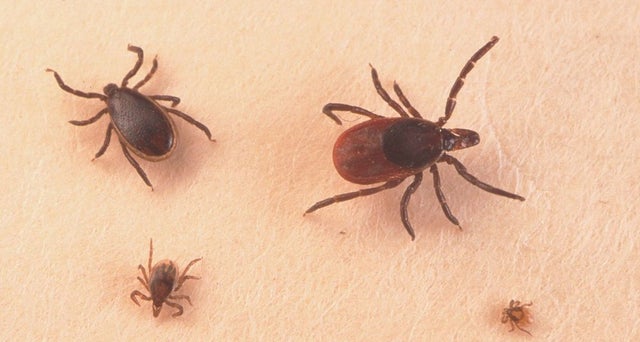
As a charity campaigning to raise awareness and educate on tick bite prevention, we’d like to share some information on Lyme disease in order to help cyclists enjoy the outdoors, safely. So whether you’re out on your bike, or heading out to walk or camp in the countryside, here’s what you need to know.
What is Lyme disease?
Lyme disease is an infection spread by tick bites, which attacks the nerves, joints, heart, brain, eyes and can cause a characteristic skin rash. It can be a debilitating illness that’s difficult to cure if not treated promptly. Latest research shows that there are could be around 9,000 cases a year in the UK – that’s 24 people a day catching the disease. But the true figure is thought to be much higher because of a lack of reliable testing and research.
Latest Singletrack Merch
Buying and wearing our sustainable merch is another great way to support Singletrack
Lyme disease is found all over the world, with the number of reported cases in the U.S at around 30,000. It can also be found in mainland Europe, being particularly prevalent in the Eastern region, so it makes sense to also be aware if you’re enjoying a cycling holiday aboard.
When and where to be aware of ticks
Ticks are most active from May to October, but are present all year round. They live in long grass, woodland, parks and even urban gardens, and climb on as you brush past, or sit on the ground.
Not all ticks carry Lyme disease, but if you are bitten by a tick, it’s important to know the signs to look out for. And of course, the best way to avoid catching Lyme disease is to avoid being bitten in the first place!
Tips for protecting yourself from tick bites:
- Spray insect repellent on any exposed skin, and consider spraying your clothes with permethrin if you’re going camping or spending a long time outdoors. Any repellent containing DEET will work, but there are more natural brands like Incognito and Mosi-guard that also effective.
- Stick to well-maintained pathways or cycle routes where possible – try to avoid riding through overgrown cycle paths.
- Tuck in your clothing! If out walking as opposed to cycling, tuck your t-shirts into trousers, trousers into socks, and so on. It’s not the most attractive of looks, but it blocks the tick’s route of entry!
- Try to wear light-coloured clothing, so you can spot any ticks on you.
- When you get home, pop your clothes on a hot wash
Where to look for ticks and how to correctly remove them
Check yourselves for ticks as soon as you return home, or every four hours if you’re out all day. They can be as tiny as a poppy seed and you won’t feel a tick crawl on you, or bite you.
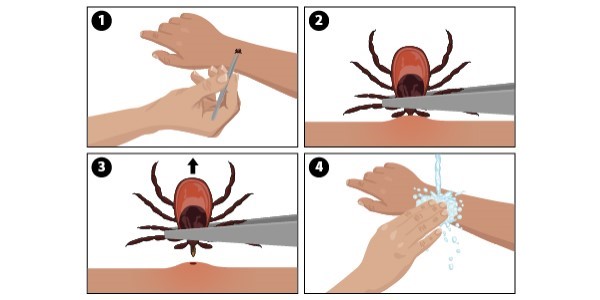
They like warm crevices, so be sure to check your belly button, groin area, armpits and between your toes or behind your knees. Get someone to check places you can’t see, like your hairline and neck (popular spots for children to be bitten).
If you find a tick attached, remove it immediately with a tick removal tool (you can buy them on Amazon for a few quid), or a pair of pointed tweezers – not flat. Lift straight upwards, pulling firmly and steadily. NEVER squeeze the tick’s body. Disinfect the bite area and wash your hands. Try to remove all of the tick if possible, but certainly the body.
Ignore old wives’ tails about rubbing oil, alcohol or Vaseline on the tick, or burning it. This may cause it to become distressed and vomit potentially Lyme-infected bacteria into your body.
Don’t forget to check your pets too!
Signs and symptoms to look out for
Lyme disease is often called the ‘great imitator’, as its symptoms are similar to a lot of other illnesses.
Initial symptoms are flu-like, with fevers, headache and stiff neck. You may also develop a bull’s eye type rash (pictured). This symptom is characteristic of Lyme disease but only around two-thirds of people get it. It doesn’t have to be a super clear bull’s eye – it’s generally flat, red, non-itchy and spreads outwards over a number of days.
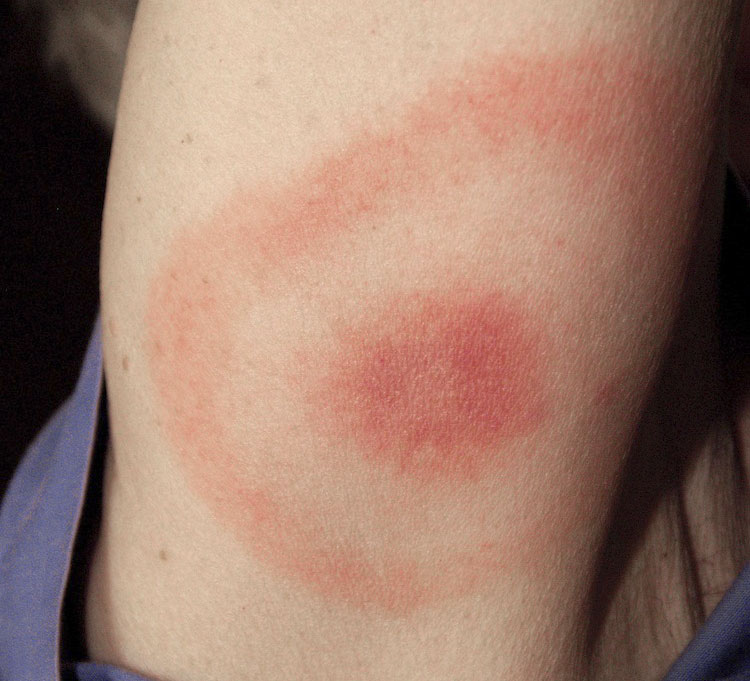
If you do get the rash, your doctor should diagnose Lyme and treat you on that basis alone, without a blood test. This is in accordance with NICE (National Institute for Health and Care Excelence) Guideline recommendation.
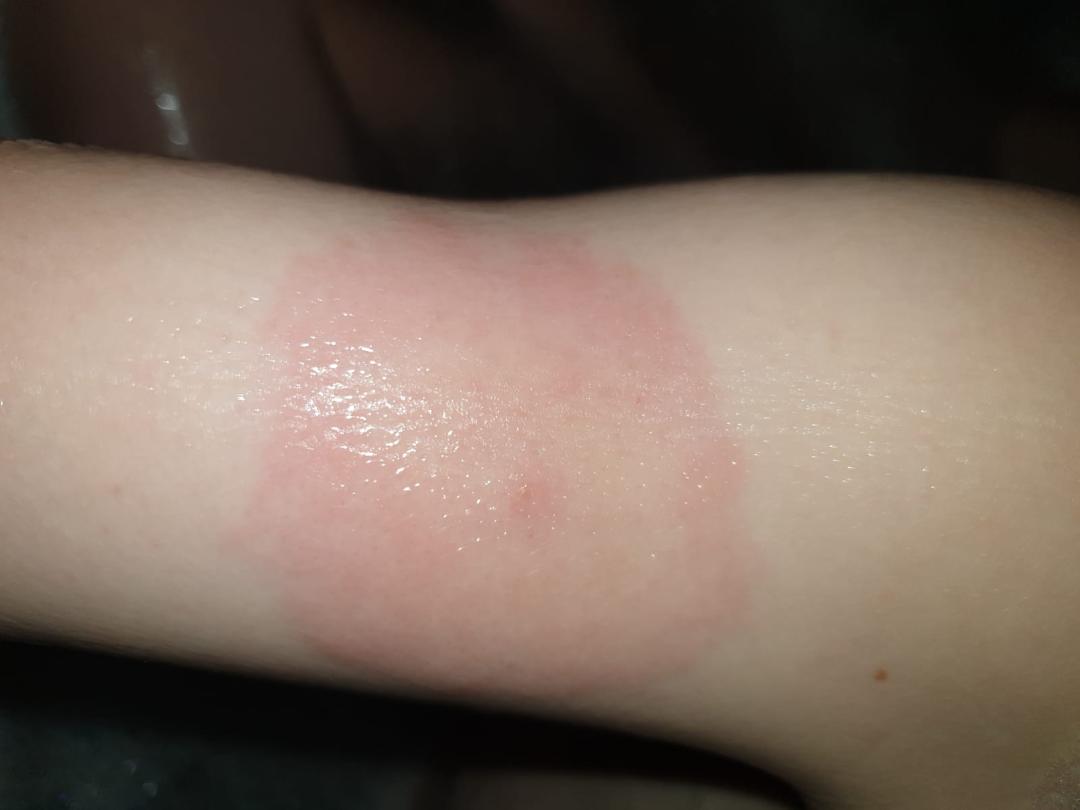
Other symptoms include nerve pain, tingling or numbness, fatigue, cognitive issues and muscle and joint pain. Symptoms can take anywhere from 3 days to 3 months to appear, but usually start to develop within a week of the bite.
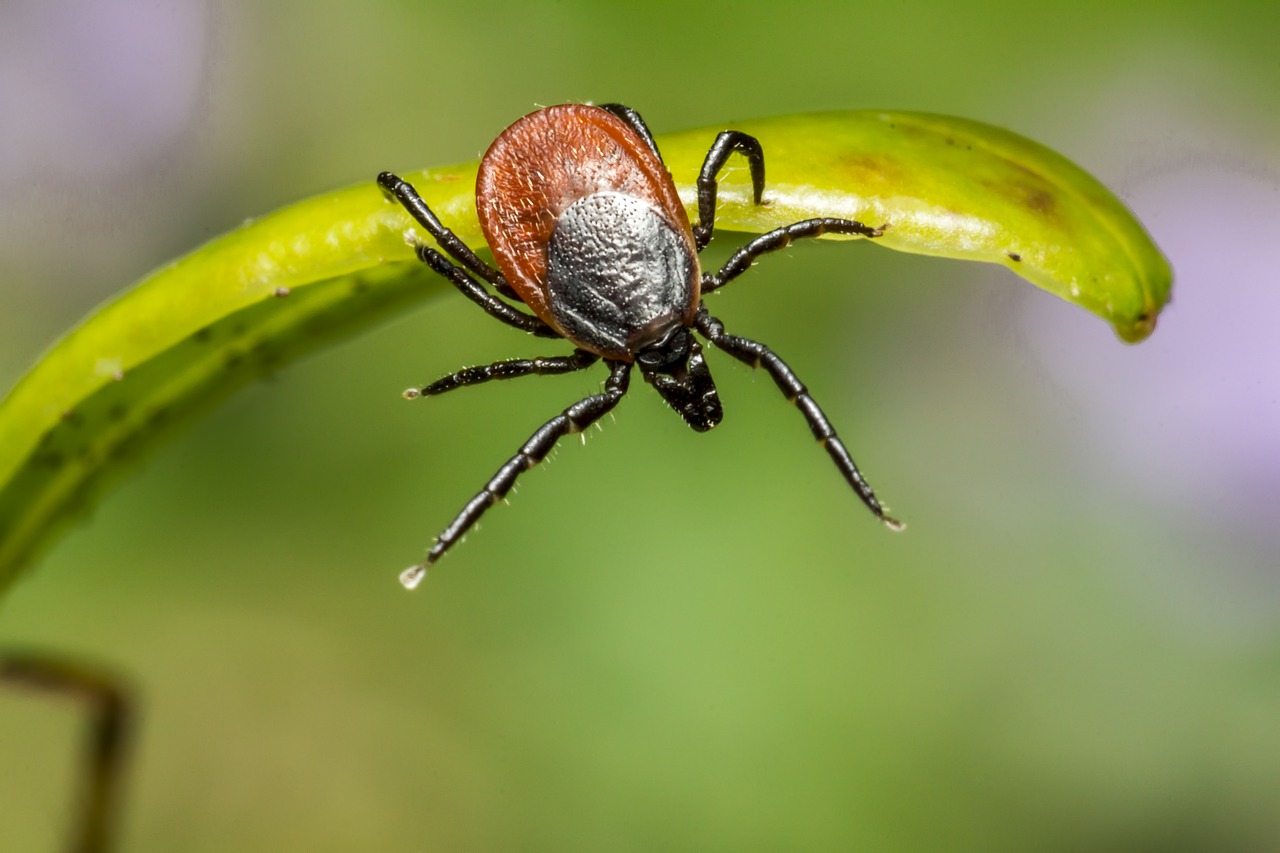
If you develop a rash or symptoms above and think you could have been bitten by a tick (even if you didn’t spot one), see your doctor who can prescribe a course or two of antibiotics to rid of the infection.
Further Resources
If you would like any further information on Lyme disease, please visit the Caudwell LymeCo website. We are a charity which raises funds for Lyme disease research, campaigns for awareness, and provides information and advice to the public.
We also run a patient helpdesk service for those who are looking for information and support in navigating the NICE Guideline for Lyme disease.
- For more info on symptoms, keeping your family safe from ticks etc: https://caudwelllyme.com/lymediseaseinfo/
- For more information on how to remove a tick safely, and removal tools – https://caudwelllyme.com/how-to-remove-a-tick-safely/
- NICE Guideline for Lyme disease – information on NHS diagnosis and treatment – https://www.nice.org.uk/guidance/ng95





if you are ridding in areas that are prone to ticks I really recommend the Tick Twister. I’ve used it on myself and the dog loads and it is really easy to remove them with out the risk of pulling them apart and making things worse.
https://www.amazon.co.uk/OTom-02-3785-Otom-Tick-Twister/dp/B0089BOK12/ref=asc_df_B0089BOK12/?tag=googshopuk-21&linkCode=df0&hvadid=309819532054&hvpos=&hvnetw=g&hvrand=6967548544474878079&hvpone=&hvptwo=&hvqmt=&hvdev=c&hvdvcmdl=&hvlocint=&hvlocphy=9046443&hvtargid=pla-400577032211&psc=1&th=1&psc=1
https://www.youtube.com/watch?v=k0ow_yWLZoM
Smidge ( the repellent) is effective against ticks.
Living and walking/jogging/riding every day we pull ticks off the dog and ourselves most days! Sometimes up to four a day and record is 16! First off I really can’t stress enough that tweezers are dangerous with ticks and one of the twisters (cheap as chips) are the best way to go. Slip under the body, their neck and gently twist anti-clockwise with virtually no pull, then destroy the tick. Covering up helps but doesn’t guarantee. They hide on your clothes, and get in later or jump off later (in your car, house .. ) and lie in wait for a better opportunity. Some are so small you won’t notice till they bite and or expand a bit (with your blood: (
If in doubt inspect, and check again later. Keep twisters handy. Stay well.
Repellent helps but in our experience some don’t care..
Excellent article, thank you
They seem to be particularly prevalent this year, maybe the very dry spring weather? Haven’t had any for years and have removed 6 so far this year, 4 after one ride including 3 on my arms.
Anyone any ideas on the reason there seem to be more this year? Or am I just imagining it?
Are they more prevalent in certain regions? It’s not something I’ve come across in 20 years of mtb, mainly in South and West Yorkshire.
Was just about to ask the same question as teamslug. Never found one on me in all my years of northwest MTBing.
I generally use Smidge when out on the bike, but it would be good to know where the hot spots are In terms of geography.
Apparently they are much more common this year though like Scott Biles, I’m not sure why. Around Bristol there seem to be plenty but so far I’ve only had to remove them from the dogs, not me.
Our go-to tool for removal is like a pair of broad tweezers except that the two blades are fused leaving a V-shaped slot that you slide between the tick and your skin. As the V narrows it pulls the tick out. A bit like the twister but without the twisting!
Really pleased to see this article, thank you Singletrack!
It’s interesting to read about recommendations to remove ticks using tweezers – i’m always worried it will cause me to squeeze them.
In Australia we’re recommended to use freeze spray, (Freeze it, don’t squeeze it) then follow up with a tick remover.
https://www.tiara.org.au/
We get lots of extremely small ticks that are too small to get with a tick twister and were recommended to use permethrin cream (scabies cream), which works wonders, too.
I’ve never got a tick from MTB though, always walking, which makes sense really.
I’ve thankfully never really come across this yet when out riding. That being said I think we all need to be more aware! I am going to start getting some of that natural insect repellent so that STW for letting us know!
Further to my other comment, we have one of these for the dog which clips on to his harness
https://tickless.com/tickless-pet/
@malteser — did you find Tickless effective? Quick search I did seems to show that studies have not found ultrasound devices effective vs ticks?
https://buglord.com/do-ultrasonic-pest-repellers-work/
https://www.test-achats.be/sante/wall-of-shame/tickless
Smidge is good and also owned and developed by a Scottish firm if that makes and DEET free.
Good stuff and it works by actually stopping them landing on you in the first place.
https://www.smidgeup.com
In a previous career I was an archaeologist and well acquainted with the hazards of ticks. When I joined, colleagues told me of one fieldwork trip where someone decided all that tick stuff wasn’t really a big deal and spent the day, in short sleeves and shorts, in a grassy meadow. Numbers varied, but most people reckoned at least 50 ticks were removed that night…
For info, the tick season is getting longer and they’ve spread pretty much everywhere.
Also, the medical profession will say it’s a rare disease. It isn’t. I belong to a UK Lyme support group and there’s over 11,000 members, the group was set up only 5 years ago.
You have a window for treatment after a bite so really important that antibiotics are prescribed promptly, a further course can be prescribed as per NICE guidelines. You really don’t want it to become Chronic Lyme and I speak from experience.
I had a day walking in Exmoor a couple of weeks ago and removed around 25 Ticks at the end of the day – my first experience with them and it was pretty grim. I had a “tick card” with a small V Shaped groove to remove most of them, but some were very small so literally just had to scratch them off as they refused to budge. I still found a couple more on me the day after!
No red circles yet, but waiting to see how I feel in the coming weeks as I’m quite worried about Lyme’s now 🙁